
The regulatory milestone fulfills the company’s goal to file the IND for OCU200 within the first quarter of 2023.

The regulatory milestone fulfills the company’s goal to file the IND for OCU200 within the first quarter of 2023.

David S. Boyer, MD, presented data from the PHOTON study examining the safety and efficacy of high-dose aflibercept for treatment of diabetic macular edema at the 2023 Angiogenesis, Exudation, and Degeneration conference.
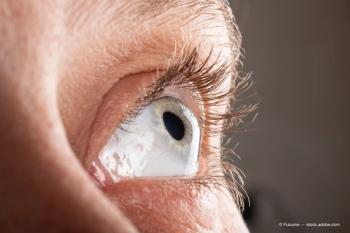
Eye care providers must look beyond visual acuity in screening for disease.
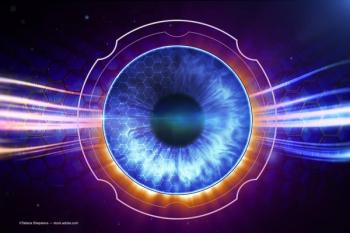
Artificial intelligence (AI) with ultra-widefield fundus autofluorescence images may be helpful to objectively estimate progression of retinitis pigmentosa (RP) and visual function.
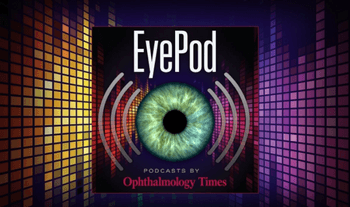
Dr. Jai Parekh, a clinical associate professor of Ophthalmology/The New York Eye & Infirmary of the Mount Sinai School of Medicine and David Hutton, Managing Editor of Opthalmology Times discuss the importance of ocular health prior to cataract and refractive surgery, specifically with osmolarity testing.

The company’s iDose TR is a micro-invasive intraocular implant designed to continuously deliver therapeutic levels of a proprietary formulation of travoprost from within the eye for extended periods of time.
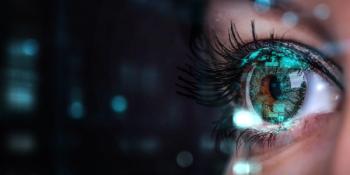
Researchers from Tokyo Medical and Dental University evaluated the safety of an anti-VEGF drug, aflibercept, in a cell culture model exposed to human T-cell lymphotropic virus type 1, which is known to cause a number of diseases, including inflammatory diseases of the eye.

The Cardinal Health study reveals provider perceptions of commercially available biosimilars and anticipated launches, which have the potential to increase equitable access to critical treatments.
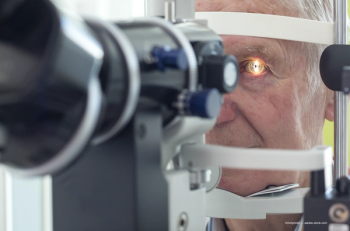
Outcomes achieved with information, osmolarity testing, proven treatments
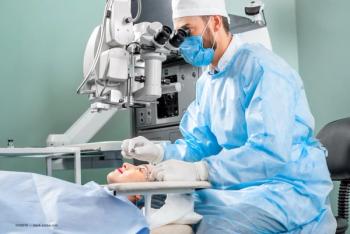
The study compared 126 IOL injectors of 13 IOL injector systems regarding the manufacturers’ recommended preoperative incision sizes to evaluate the intraoperative incision enlargement and postoperative incision sizes.

The Alteogen Inc. subsidiary company provided an update on its ALT-L9 biosimilar to compete with EYLEA
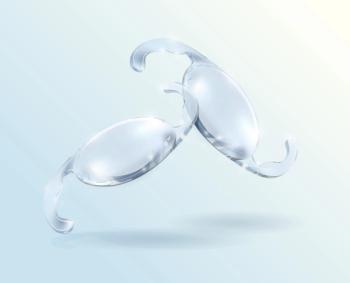
A comparison of Hoya Vivinex and Alcon AcrySof lenses evaluated the long-term formation of posterior capsular opacification (PCO) and the rate of glistenings that developed.

SBI-100 Ophthalmic Emulsion is a synthetic cannabinoid derivative to treat glaucoma and ocular hypertension.

Data shows the Notal Vision Home OCT device can be used to manage wet age-related macular degeneration (AMD).
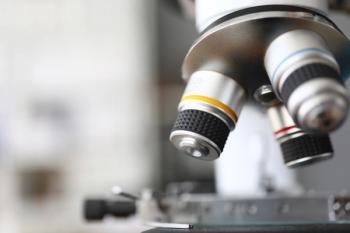
The Keralink Trial was the first randomized clinical trial that tested the hypothesis that corneal cross-linking (CXL) might decrease keratoconus progression in children compared with the use of spectacles or contact lenses.

The latest IOLs offer an improvement in stray light performance and enhanced contrast.
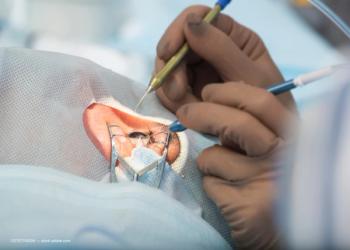
Yusuke Oshima, MD, PhD, in a presentation at the 38th Asia-Pacific Academy of Ophthalmology Congress, Kuala Lumpur, Malaysia, discussed the advantages of using a beveled-tip ultra-speed probe for complete vitreous shaving during retinal detachment vitrectomies.

In a presentation at the Asia-Pacific Academy of Ophthalmology Congress in Kuala Lumpur, Malaysia, Kyoko Ohno-Matsui, MD, PhD, noted that changes of scleral curvature and staphyloma edge development may occur in synchronicity.

According to Regeneron, the BLA is supported by two pivotal trials demonstrating non-inferior vision gains to aflibercept injection, with a majority of patients maintaining extended dosing regimens through 48 weeks.

Global Pharma agrees to recall Delsam Pharma’s over-the-counter Artificial Eye Ointment due to potential bacterial contamination.

Analysis of data from the pooled Tenaya and Lucerne studies showed the faricimab achieved greater anatomic improvements compared to aflibercept during the matched-dosing period.

Arun Singh, MD, discusses Retinoblastoma in 2023 and the advancements of tumor chemotherapy from his presentation at the Asia-Pacific Academy of Ophthalmology (APAO) 2023 conference.
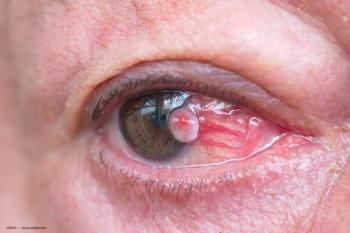
Ophthalmologists should be aware of a patient’s prior history


Multiple attendees of this year's EnVision Summit share insights into what makes the EnVision Summit an enjoyable experience and a great place to learn.

The considerations for biosimilars in clinical practice are interesting and remain to be determined, according to George A. Williams, MD.

According to the company, the investigational, novel eye drop candidate was assigned a PDUFA goal date of October 22, 2023.

Ophthalmologists see new therapy as having a major impact on how geographic atrophy is treated.

Multiple attendees of this year's EnVision Summit share insights into their presentations.

Sessions offer training in ophthalmic translational research, problem-based learning